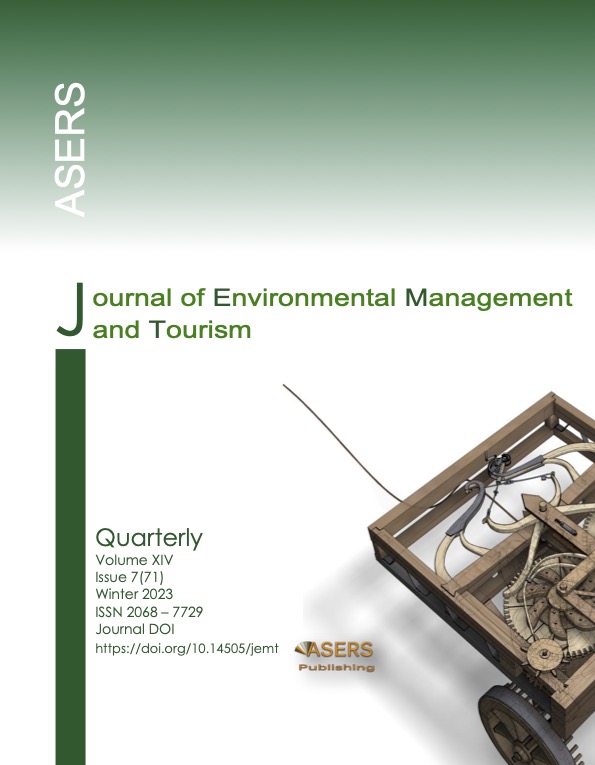Assessment and Forecast of Atmospheric Air Quality at the Regional Level. Example of Central Kazakhstan
Abstract
One of the main issues of environmental protection is the quality of atmospheric air. The reason for this is that all life on Earth, first of all, needs air, which affects all climatic and biological processes in general. Harmful and dangerous impurities can be transferred alongside the movement of air masses. These problems are especially acute in industrialized regions, where the level of anthropogenic impact is increasing. These regions include Central Kazakhstan.
When studying the issues of ecological and economic development of such regions, it is necessary to consider all possible consequences of anthropogenic impact that affect or may affect the atmospheric air. The main factor which plays a key role in this is strengthening the forecasting functions of environmental monitoring services, in our case, in relation to atmospheric air, and, when drawing up a plan for the infrastructure of the territories, taking into account the level of anthropogenic impact.
References
[2] Landrigan, P., et al. 2022. A replicable strategy for mapping air pollution’s community-level health impacts and catalyzing prevention. Environmental Health: A Global Access Science Source Vol 21, Issue 1. DOI:10.1186/s12940-022-00879-3
[3] Chen, Chi-Hsien; Wu, Chih-Da; Lee, Ya Ling; Lee, Kang-Yuni; Lin, Wen-Y. 2022. Air pollution enhance the progression of restrictive lung function impairment and diffusion capacity reduction: an elderly cohort study. Respiratory Research. Vol 23, Issue 1. DOI: 10.1186/s12931-022-02107-5
[4] He, H., Schäfer, B. and Beck, C. 2022. Spatial heterogeneity of air pollution statistics in Europe. Sci Rep 12, 12215. DOI: https://doi.org/10.1038/s41598-022-16109-2
[5] Zhakataeva, B.T. 2005. Anthropogenic components of atmospheric pollution in Central Kazakhstan. Materials of the international scientific and practical conference dedicated to the 80th anniversary of E.A. Buketov, Volume 3. Karaganda. Pages 205-210.
[6] Guidelines for monitoring air quality in cities. WHO Regional Office for Europe, Copenhagen 1980, 261 pageshttps://apps.who.int/iris/bitstream/handle/10665/276929/9789289056199-rus.pdf?sequence=5andisAllowed=y (in Russian)
[7] Health statistics. Bureau of National Statistics Agency for Strategic Planning and Reforms of the Republic of Kazakhstan. https://stat.gov.kz/official/industry/63/statistic/
[8] Monthly information bulletin on the state of the environment / https://www.kazhydromet.kz/ru/ecology/ezhemesyachnyy-informacionnyy-byulleten-o-sostoyanii-okruzhayuschey-sredy
[9] Which regions of Kazakhstan have the most polluted air | https://informburo.kz/novosti/v-kakix-regionax-kazaxstana-samyi-zagryaznyonnyi-vozdux Access date 01/04/2023
[10] WHO. Air quality guidelines for Europe, 2nd edition. 2000. https://www.who.int/publications/i/item/9789289013581
Copyright© 2025 The Author(s). Published by ASERS Publishing 2025. This is an open access article distributed under the terms of CC-BY 4.0 license.
